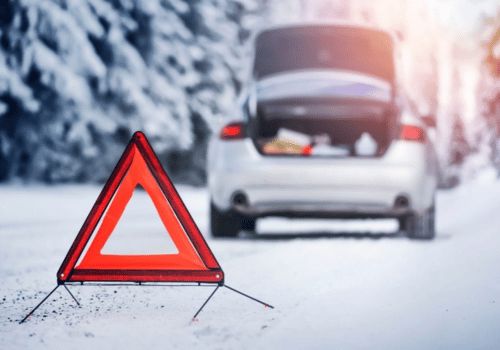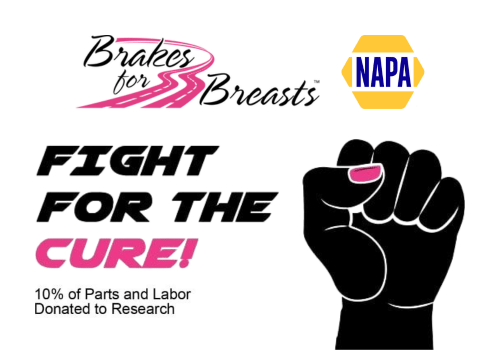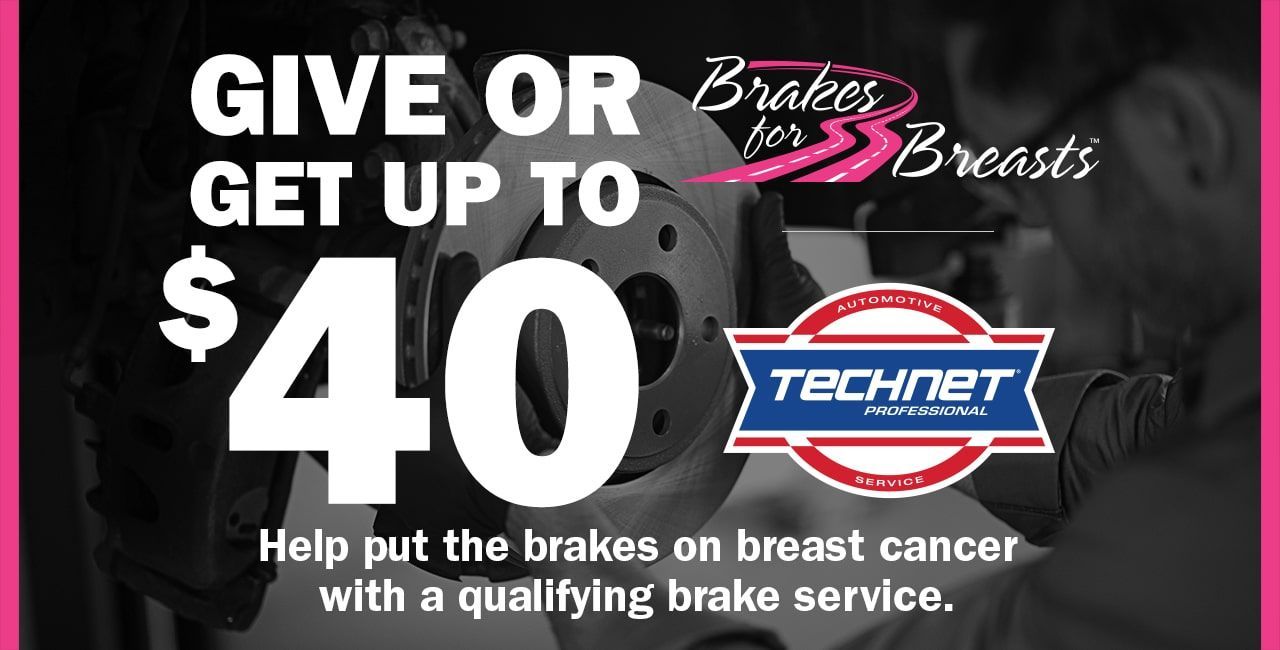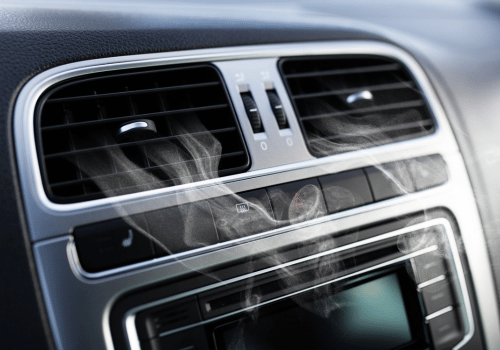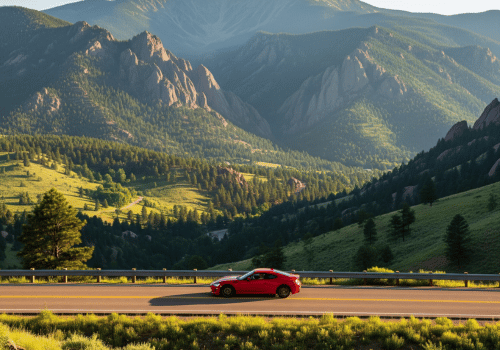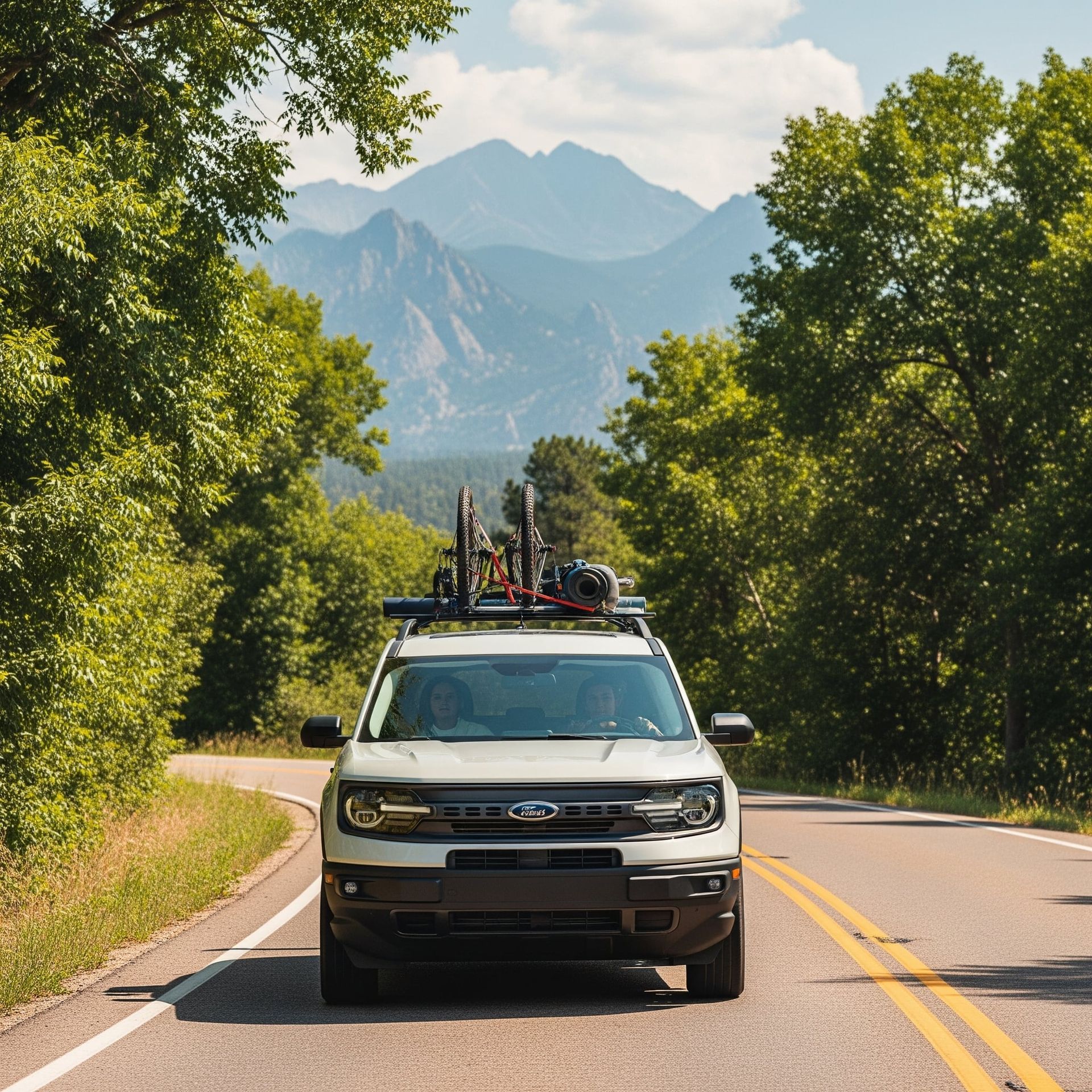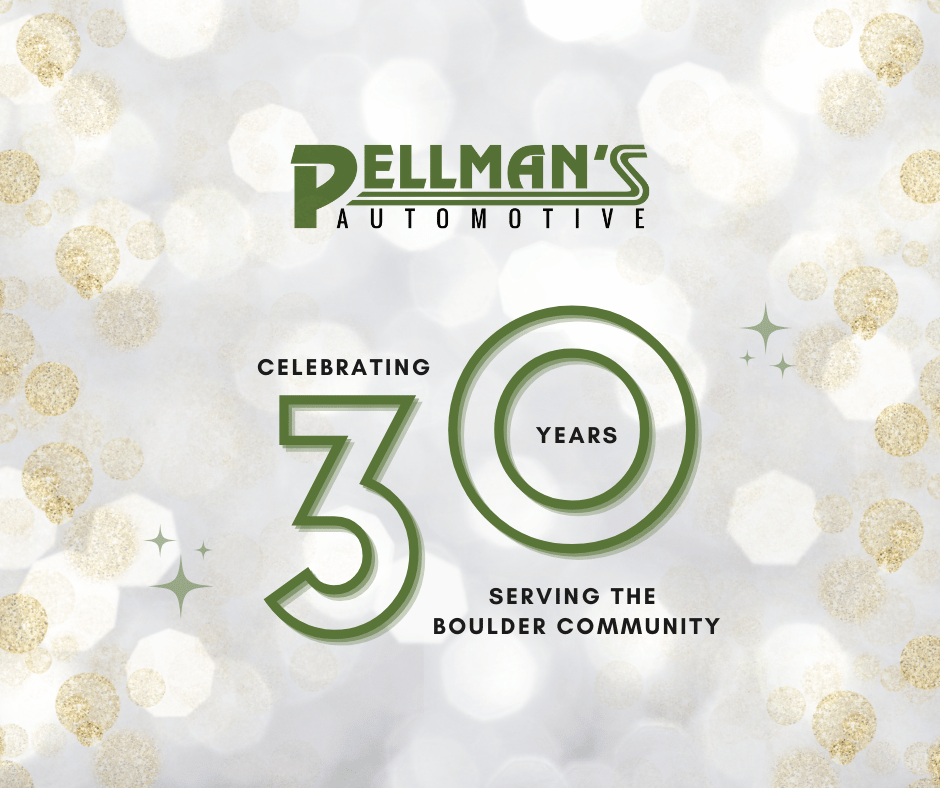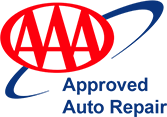Driving in Snow and Ice

Do not go out if you do not need to. If you must drive plan extra time. This will keep you from feeling pressured and taking chances you should not.
- Drive slowly at an appropriate speed for the conditions.
- Accelerate slowly. This helps your wheels gain traction and keeps them from slipping.
- Drive smoothly. Anticipate your stops and starts. Abrupt stops, turns and braking on ice will almost always cause sliding.
- Maintain a steady speed while turning.
- Allow more distance. Double the distance you normally maintain between your car and the car in front of you.
- Consider your route. If you are driving in a place you know well think ahead. Do you want to drive up the hill on South Boulder Road to McCaslin when the roads are icy when you could take Baseline and avoid the incline?
- Look ahead. Driving experts say drivers need to keep a sharp eye out for what is happening well up the road. This allows you anticipate possible problems well in advance.
- Avoid aggressive drivers. Let them pass you and drive at the speed that lets you feel in control of your vehicle.
- Do not rapidly pull out in front of other cars.
- 4WD vehicles slide on ice just as easily as 2WD vehicles.
CORRECTING SKIDS 101
Every driver on winter roads will experience some sliding. Knowing what to expect and how to react can help immensely. New drivers to snow and ice should practice in an empty parking lot to learn what to expect.
- If your car has anti-lock brakes (ABS system) press firmly on your brakes. You will feel your car pulsing. This means the ABS is working. The pumping action creates traction. A light will appear on your dashboard telling you that your ABS System is engaged. This is normal, it does not mean something is wrong with your car. If your car does not have anti-lock brakes, manually pump them with your foot. When you feel the car gain traction then start steering out of the skid.
- Driving safety experts suggest the first thing to do when skidding is pick a fixed place (for example, a patch or line on the road) in the direction you want to go and keep your eyes locked on that point. Research shows that when people focus on the thing they are afraid to hit they hit it and that by focusing on where you want to go your body intuitively makes driving corrections. You can see it demonstrated in this video.
- Learn about front wheel and rear wheel skids. You can find two informative articles with details about winter driving and correcting for skids from Edmunds and Road Trip America. Nothing however, beats realistic practice and for that consider:
Winter Driving School
Colorado is home to one of the best-known winter driving schools in the country, Bridgestone Winter Driving School. Located in Steamboat Springs, drivers learn and practice how to drive on snow and ice. They also sell an excellent DVD on winter driving skills.




